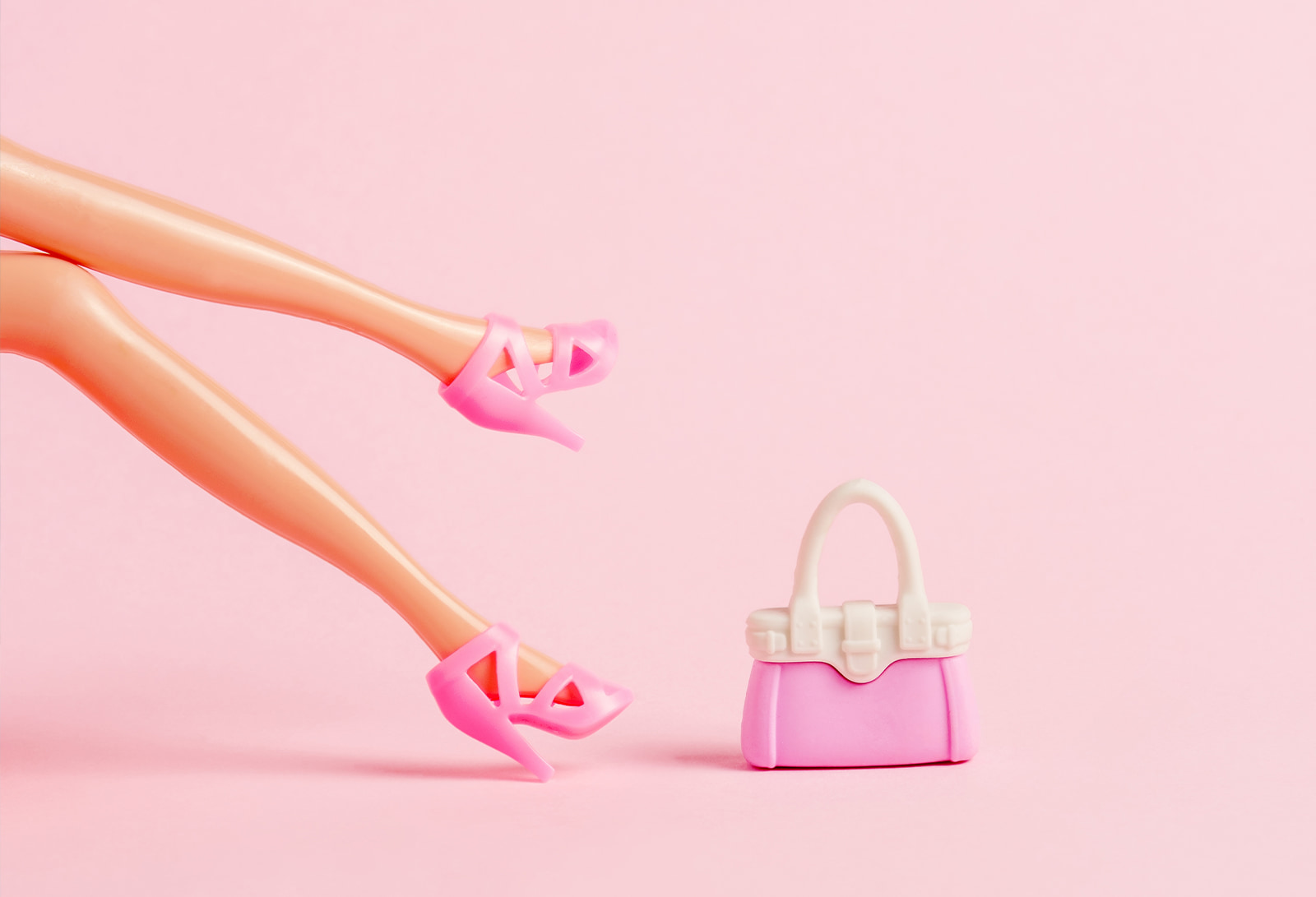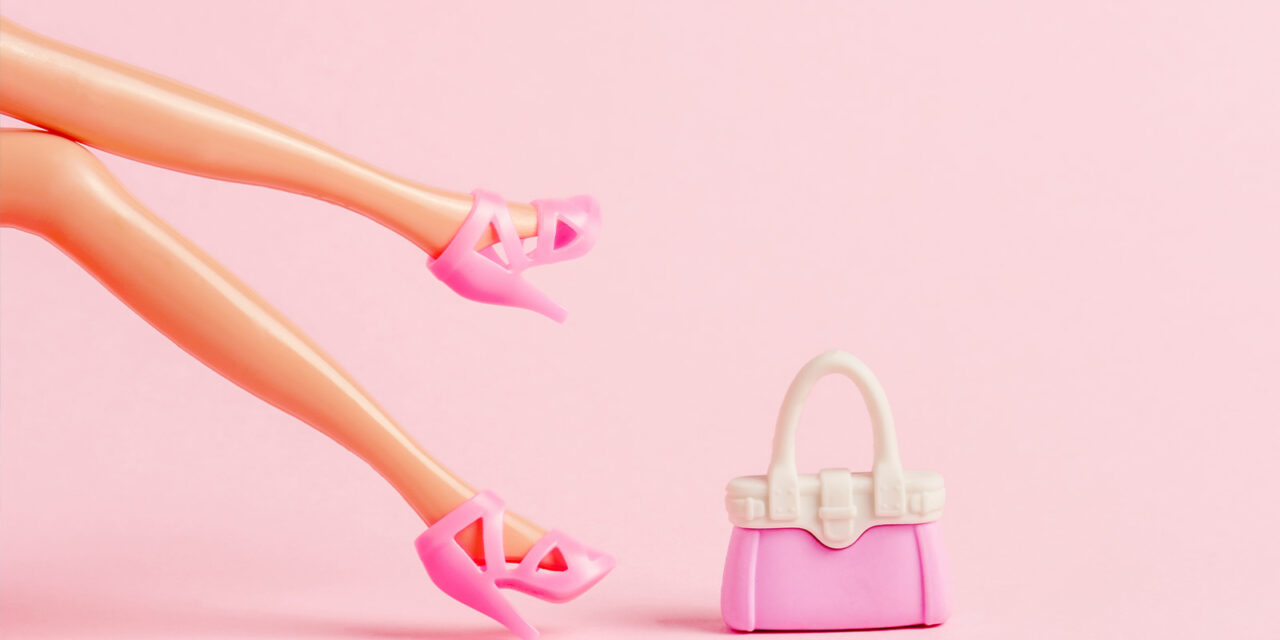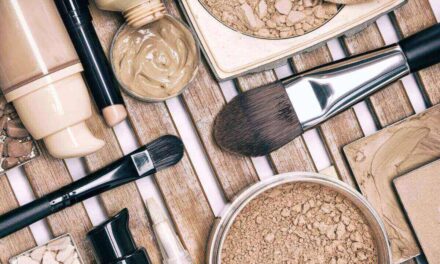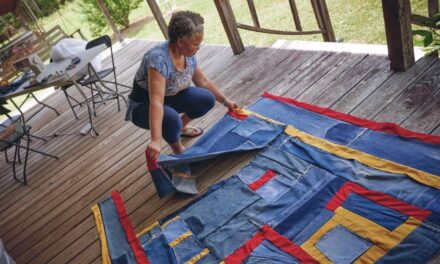
Barbie is the hardest-working woman in showbiz. The 64-year-old has been walking the playrooms, runways, and Dreamhouses of this world since her birth in 1959. Barbie (short for Barbara Millicent Roberts) was designed by Ruth Handler and named after her daughter. Her appearance was styled after Bild Lilli, a German comic strip character originally available as a gag gift in tobacco shops and later modeled into a children’s toy.
Upon seeing her daughter play with outfits on paper dolls—which, unlike the play dolls of the time, had interchangeable outfit options and looked more mature—Handler began working on the prototype that was to become Barbie. Whereas the current play dolls of the era let children play caretaking mothers, Handler’s concept with Barbie was about exploring the experience of being a grown woman. The Mattel empire, founded by Handler and her husband, had been running since 1945 by the time Barbie rolled around.
She was a highly feminized model, a departure from the toddler-like faces of dolls from decades before. While most dolls were dressed in dowdy, strawberry print sacks, Barbie burst onto the scene in a black and white chevron bathing suit, high heels, and legs for days. Rather than an innocent smirk, Barbie had a fire engine red pout and black eyeliner—a high femme prototype for the ages. And that bold look worked: 300,000 dolls sold in the first year of launch.
The Growth of the Mattel Empire
The Mattel empire soon expanded to other iterations. Ken (named after Handler’s son) was introduced in 1961, and Barbie’s sister, Skipper, in 1964.The first African American version of the doll, Christie, was introduced in 1968 amid the Civil Rights movement. In 1980, an African American and Latina Barbie were also released (although the models simply went by the name “Black Barbie” and “Hispanic Barbie”).
Barbie didn’t just remain a children’s toy but instead became an international icon of pop culture. She was the key focus of critical artwork, such as Nancy Burson’s 1994 piece “Aged Barbie,” a Polaroid of Barbie that aged her normally smooth face into a more mature image. Artist Tom Forsythe created a 78-photopgrah series in 1997, which placed the doll inside enchiladas baking in the oven or a kitchen mixer. “I thought the pictures needed something that really said ‘crass consumerism,’ and to me, that’s Barbie,” the artist said to The New York Times in 2004. The artist was later sued by Mattel for unfair use, but the court ruled in Forsythe’s favor, with Mattel ordered to pay $1.8 million of his legal fees. Further artistic explorations of the product include stylized portraits representing individual lives during the pandemic (“The Barbie is Her/Me: A Reflection of Black Women During Quarantine” by artist Kandice Odister) and the lack of Black representation in doll products (the exhibition “Black Doll Blues” by artist Betye Saar).
Feminist Nightmare or Aspirational Role Model?
Barbie was a flight attendant, an astronaut, a fashion designer; the sky was the limit for her professional ambitions, which totalled more than 250 careers. In 1962, Barbie received the keys to the Barbie Dreamhouse, in an era where women owning their own houses was a rarity. Barbie was the American dream personified: a can-do attitude and heavy emphasis on working your way towards the Barbie mansion day by day—acquiring a host of wardrobe and accessories along the way. A materialist manifesto in a child-friendly format.
But as beauty journalist Jessica Defino notes: “It’s more difficult still to challenge the feminist reclamation of Barbie-esque beauty standards when the doll is generally seen as an icon of second-wave feminism and the struggle for workplace equality. This, I think, is a misinterpretation of Barbie and her many careers. Upon closer inspection, Barbie more accurately reflects the backlash to second-wave feminism … She taught young girls they could be anything they wanted to be—astronaut! businesswoman! President of the United States!—so long as they met the baseline standard of beauty first.”
A 2016 study among 160 girls ages five to eight in Adelaide, Australia, found that exposure to Barbie equated to “higher thin-ideal internalisation” with a 5.25/9 mean score across the 40 participants exposed to a Barbie doll versus the control group. A 2016 study among 112 girls ages six to eight reported that those playing with thinner dolls versus full-figured dolls experienced higher body size discrepancies.
In 1998, her proportions were altered to give her a wider waist and smaller chest and hips from the 39-18-33 measurements on which the original was based. Journalist and social-poltical activist Gloria Steinem once said Barbie “was pretty much everything the feminist movement was trying to escape from. ”Barbie was the White, thin, ideal. The rigidity with which she adhered to beauty standards could only be matched by the very plastic she was made of. While the doll may have never developed a wrinkle over time, it did not age well according to societal standards, which increasingly called out the detrimental effects of the unrealistic beauty standard that Barbie portrayed. The New York Times Fashion Director Vanessa Friedman recently posed the question: “Is there anything more symbolic of all that is surreal about Barbie—the way the doll gave young women a twisted idea of the perfect body, the way she represented female reality distorted by male fantasy—than her measurements?”
“Many women have a problem with their own bodies as they grow older. I cannot believe that the doll causes that,” Handler responded to the critics of her time. The late Barbie inventor had bigger problems to face, being forced out of the company due to indictments for fraud, conspiracy, and false statements to the U.S. Securities and Exchange Commission overvaluing the company’s earnings. There was soon trouble in Barbie Land. After Handler’s exit, the company struggled.





